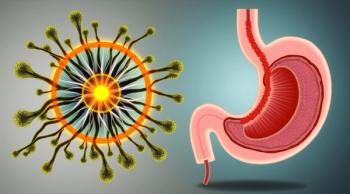
CDC Issues Interim Duodenoscope Surveillance Protocol
Outbreaks of bacterial infection associated with endoscopes are often attributed to improperly reprocessed endoscopes. However, recent reports have identified carbapenem-resistant Enterobacteriaceae (CRE) transmission associated with persistently contaminated duodenoscopes for which no breaches in reprocessing were identified.
There is currently very limited information to guide the use of surveillance cultures to assess endoscope reprocessing outside of recognized outbreak settings. Surveillance cultures are not a replacement for appropriate training and oversight of endoscope reprocessing practices. Before initiating surveillance cultures, facilities considering their use should involve key facility staff, including the clinical laboratory director, clinical staff, infection prevention staff, hospital epidemiologists, and risk management staff to develop a plan for implementation, and response (e.g., patient notification) to surveillance culture results.
With input from healthcare facilities, professional partners and stakeholders, CDC has developed an
The following considerations are intended for facilities that perform procedures using duodenoscopes to assess the adequacy of reprocessing. While these measures apply primarily for duodenoscopes, they can also be implemented for other flexible endoscopes that have an elevator mechanism (e.g., used to perform endoscopic ultrasound). This document is intended to supplement and not replace or modify manufacturer recommended reprocessing procedures. The CDC emphasizes that this is an interim protocol and measures may change as new information becomes available.
The CDC is working with partners, including the Food and Drug Administration (FDA), medical specialty societies, subject matter experts, and state and local health departments to further understand and address the possibility of bacteria transmission related to duodenoscopes. Until more is known, this interim protocol can provide hospitals with an additional tool in their continued efforts to protect patients from infections.
Learn more about the interim protocols from Michael Bell, MD, deputy director of CDC’s Division of Healthcare Quality Promotion at CDC’s Safe Healthcare Blog.
Newsletter
Stay prepared and protected with Infection Control Today's newsletter, delivering essential updates, best practices, and expert insights for infection preventionists.




